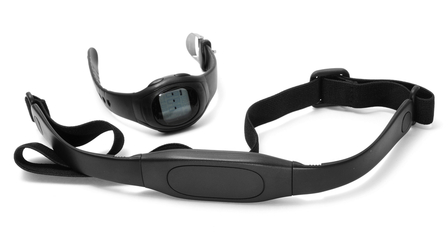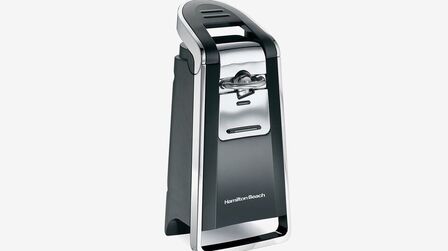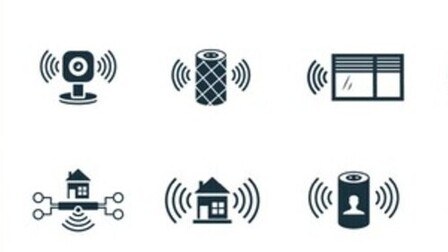Riding a motorcycle offers an exhilarating sense of freedom, but it can also be a solitary experience, especially when riding with others. Motorcycle communication systems have emerged as a game-changer for riders, revolutionizing the way they connect and communicate while on the road. These cutting-edge devices allow motorcyclists to stay in touch with their riding buddies, navigate effortlessly, and enhance safety on group rides. As your friendly motorcycle enthusiast and communication expert, I'm excited to share with you the numerous benefits of motorcycle communication systems. Whether you're a seasoned rider or new to the world of motorcycles, these systems are sure to elevate your riding experience to a whole new level!
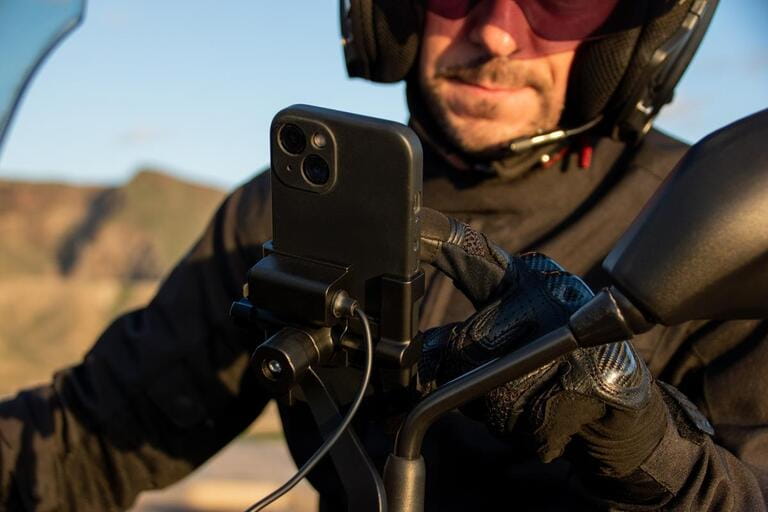
What is Motorcycle Communication System?
A motorcycle communication system is a device or set of devices that enables wireless communication between motorcyclists or between a motorcyclist and other individuals or devices. These systems are designed to improve communication and safety while riding motorcycles, as it allows riders to stay connected without the need for physical proximity or hand gestures.
Typically, a motorcycle communication system includes the following components:
Headset: A headset is worn by the motorcyclist, usually inside their helmet. It consists of speakers and a microphone to hear and transmit audio.
Bluetooth Technology: Most modern motorcycle communication systems use Bluetooth technology to establish wireless connections with other devices. Bluetooth allows for seamless and convenient communication between riders and other Bluetooth-enabled devices, such as smartphones, GPS devices, and other headsets.
Intercom Functionality: One of the main features of a motorcycle communication system is the intercom capability. This allows communication between riders within a certain range, enabling them to talk to each other while riding in a group or traveling together.
Hands-Free Phone Calls: With Bluetooth connectivity to smartphones, motorcycle communication systems enable hands-free phone calls. Riders can answer calls, make calls, and control phone functions using voice commands or buttons on the headset.
GPS Navigation: Some communication systems can connect to GPS devices or smartphone apps, providing turn-by-turn navigation instructions directly to the rider's headset.
Music Streaming: Many systems allow riders to listen to music or other audio entertainment from their smartphones or other devices through the headset's speakers.
Noise Cancellation: Good communication systems often have noise-cancellation features to reduce wind and engine noise, ensuring clearer audio during conversations.
Motorcycle communication systems come in various forms, including single-rider units and multi-rider units for group communication. Some models also integrate with motorcycle helmets, while others are designed as external attachments that can be used with any helmet.
These communication systems promote safer riding by allowing riders to stay in touch with each other, share information about road conditions, coordinate stops, and enhance the overall riding experience while keeping their focus on the road.

Benefits Of Motorcycle Communication System
1. Enhanced Rider-to-Rider Communication
One of the most significant advantages of motorcycle communication systems is their ability to facilitate seamless communication between riders. These systems use Bluetooth technology to establish a wireless connection between riders within a specified range. With the push of a button, riders can talk to each other in real-time, eliminating the need for hand signals or shouting. This enhances the overall riding experience, fosters camaraderie, and ensures that everyone stays on the same page during group rides.
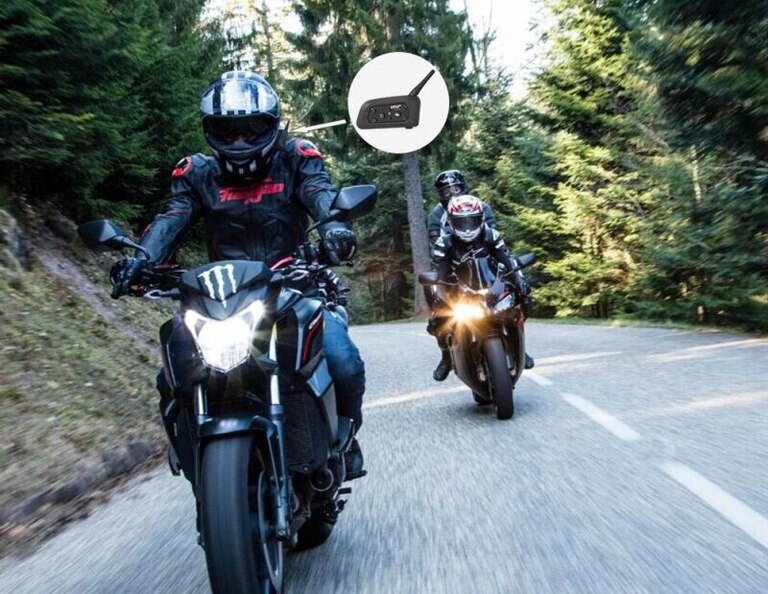
2. Improved Safety and Awareness
Safety is paramount for motorcyclists, and communication systems play a vital role in enhancing it. With the ability to communicate instantly, riders can warn each other about potential hazards on the road, such as potholes, debris, or sudden traffic changes. This real-time information exchange significantly reduces the risk of accidents caused by unexpected road conditions or lack of communication among riders. Additionally, communication systems often come with intercom features, allowing riders and their passengers to stay connected, ensuring they are both aware of the road ahead.
3. Effortless Navigation and GPS Integration
Many modern motorcycle communication systems come equipped with GPS integration. Riders can connect their smartphones to the system and receive turn-by-turn directions through their helmet speakers. This eliminates the need for pulling over to check maps or relying on clunky GPS devices. Riders can stay focused on the road while the communication system guides them to their destination. Furthermore, some systems offer voice-activated controls, allowing riders to adjust settings or make calls without taking their hands off the handlebars.
4. Music and Entertainment On the Go
Long rides can become monotonous, but motorcycle communication systems can inject some fun and entertainment into the journey. These systems allow riders to stream music from their smartphones or listen to radio stations, podcasts, and audiobooks. Music can be a great mood booster, while audiobooks and podcasts provide an enjoyable way to pass the time during extended rides. However, it is essential to maintain situational awareness and keep the volume at a level that allows you to hear traffic and other essential sounds.

5. Hands-Free Calling and Voice Commands
Answering calls while riding can be challenging and dangerous. Motorcycle communication systems solve this problem by enabling hands-free calling. Riders can connect their smartphones to the system and answer calls with a simple voice command or the press of a button on the helmet-mounted control unit. This feature ensures that riders stay connected with family and friends without compromising their safety on the road.

6. Ride Planning and Group Coordination
Before setting out on a group ride, communication systems enable riders to plan their route and coordinate the details. Riders can discuss the route, stops, and meeting points in advance, ensuring a smooth and enjoyable ride for everyone involved. During the ride, riders can provide real-time updates or make necessary changes to the plan, keeping everyone informed and on track.
7. Increased Battery Life and Weather Resistance
Modern motorcycle communication systems are designed to withstand the rigors of motorcycle riding. They are built to be weather-resistant, protecting against rain, dust, and other environmental factors. Additionally, these systems are equipped with advanced battery management features, ensuring extended usage time without draining the motorcycle's battery. Long-lasting battery life and weather resistance are crucial factors for riders who embark on long-distance trips or face unpredictable weather conditions.
8. Anti-Theft Features
Some motorcycle communication systems come with anti-theft features that add an extra layer of security to your bike. These systems often have motion sensors that detect unauthorized movement and send alerts to the owner's smartphone. With these security measures in place, riders can have peace of mind, knowing their motorcycles are protected when parked.
9. Rider Diagnostics and Maintenance Alerts
Certain motorcycle communication systems have diagnostic capabilities that monitor the bike's health and performance. These systems can detect potential mechanical issues and alert the rider to any maintenance needs. This proactive approach to bike maintenance ensures that riders can address problems promptly and keep their motorcycles in top condition.

10. Expandable and Interoperable Systems
Motorcycle communication systems are often expandable and interoperable with other devices. Riders can add additional components, such as Bluetooth headsets, to their existing system, creating a customized setup that suits their specific needs. Furthermore, many systems can connect with other brands of communication devices, allowing riders to communicate with friends using different systems.
Conclusion
Motorcycle communication systems have revolutionized the way riders connect, communicate, and stay safe on the road. These advanced devices offer enhanced rider-to-rider communication, improved safety, and effortless navigation. With the added benefits of music streaming, hands-free calling, and ride planning, motorcycle communication systems have become an indispensable tool for riders of all levels. The convenience, safety, and camaraderie provided by these systems make every ride a more enjoyable and connected experience. If you're looking to take your motorcycle adventures to new heights, investing in a reliable motorcycle communication system is the way to go. Stay connected, stay safe, and enjoy the ride!





